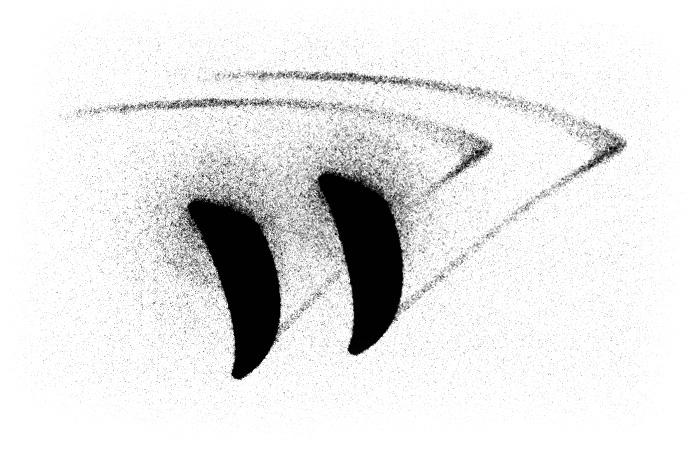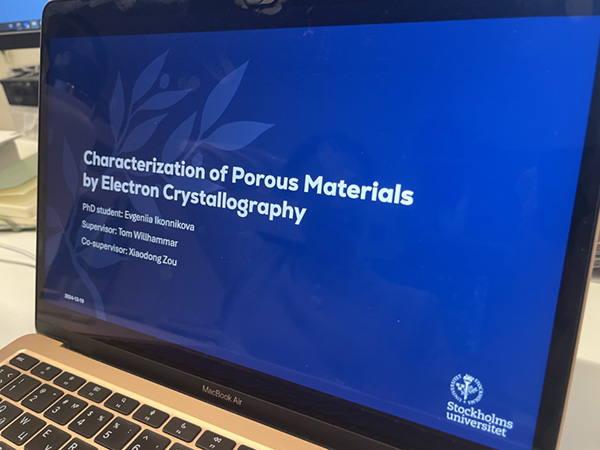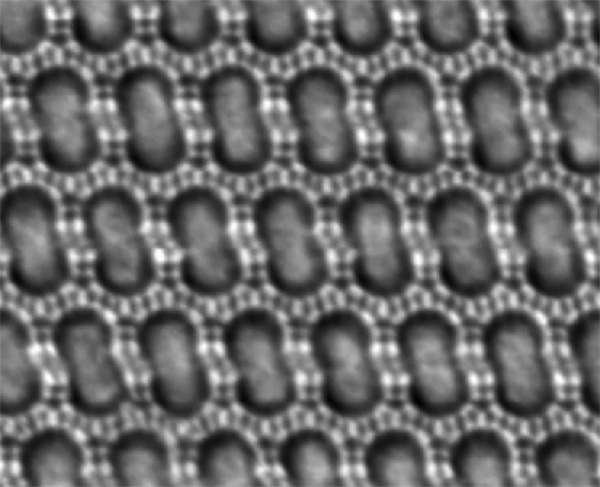

|
March - 2025
| |

|
Tom is appointed Associate Professor at the Department of Chemistry, Stockholm University. |
|
February - 2025
| |

|
We are delighted to be awarded the Outstanding Paper Awards 2014-2023 in Inorganic Chemistry Frontiers. The paper "Transmission electron microscopy as an important tool for characterization of zeolite structures" was published in 2018 together with Wei Wan, Jie Su and Xiaodong Zou. |
|
December - 2024
| |

|
Evgeniia successfully passed the midterm evaluation for her PhD studies with a report entitled "Characterisation of Porous Materials by Electron Crystallography". |
|
December - 2024
| |

|
Stable aluminosilicate zeolites are finally in the mesoporous regime. See our findings in collaboration with colleagues from Caen and Qingdao in the latest issue of Nature.
|
|
September - 2024
| |

|
We are excited to join WISE - Wallenberg Initiative Materials Science for Sustainability. We will recruit a postdoc to work on defect engineering in MOFs for water remediation aided by advanced electron microscopy based characterization. |
|
August - 2024
| |

|
Great to see our work in collaboration with NUS, Singapore, and SYSU, China, published in Nature Synthesis. This project illustrates the synergy of advanced characterisation and novel synthesis strategies to obtain new nanoporous materials.
|
|
July - 2024
| |

|
Tom Vaillant presented his project work on the use of scanning electron diffraction to study the ordering of cellulose in oat husk. |
|
May - 2024
| |

|
Sofia Garcia defended her 45 credits Master's thesis in our group with the thesis "Removal of Metal Water Contaminants by an Ellagate-Metal-Organic Framework". |
|
May - 2024
| |

|
Our work on the use of scanning electron diffraction to study the hierarchical ordering of cellulose in a bio-based hybrid material is now published in Small Methods. |
|
April - 2024
| |

|
We are happy to be part of Stockholm University student recruitment campaign and decorate metro stations around Stockholm. |
|
December - 2023
| |

|
We are happy to join the MSCA Doctoral Network NanoRAM (HORIZON-TMA-MSCA-DN). NanoRAM brings together people and organisations from across the world to train a new generation of scientists in the development and application of newly developed manipulation and characterisation nanotools in soft matter research. |
|
June - 2023
| |

|
Mathias was awarded Best Oral Presentation at the SCANDEM2023. |
|
June - 2023
| |

|
In collaboration with the group of Ass. Prof. Mika Sipponen at Stockholm University we have shown how lignin nanoparticles can adapt the colors of the rainbow when arranged in ordered mesostructures. |
|
April - 2023
| |

|
We have developed a new zirconium ellagate MOF, SU-102, with promising properties for the uptake of contaminants of emerging concern, in this case pharmaceuticals. |
|
December - 2022
| |

|
Tom Willhammar has been appointed Docent in Materials Chemistry at the Science Faculty at Stockholm University.
|
| November - 2022 | |
|
We are starting a new project with funding from Formas - A Swedish research council for sustainable development. The project will be building new understanding of water remediation from contaminants of emerging concern using electron microscopy. |
|
July - 2022
| |

|
We are presenting a detailed protocol for how to collect 3D ED data and carry out data processing in order to perform a structure determination in the latest issue of Nature Protocol. |
|
April - 2022
| |

|
Contributing with a Perspective Article to the latest issue of Science. We are providing our view on a stunning work using iDPC-STEM imaging to view the mechanism behind gas sorption and illuminating the flexibility of a zeolite framework. An adsorbent with flexible nanoscopic pores |
|
April - 2022
| |

|
Pepto-Bismol has relieved upset stomachs for more than a century, but the structure of the active ingredient remained unknown. Using iDPC-STEM and 3D ED we were able to reveal its molecular structure. Structure of the active pharmaceutical ingredient bismuth subsalicylate The work is highlighted by Nature magazine. |
|
January - 2022
| |
_6.jpg)
|
A zeolitic nanotube was realized through a combination of targeted synthesis and high definition structure elucidation. The atomic structure of the nanotube was determined using aberration-corrected STEM imaging and is published in the latest issue of Science together with the groups of Prof. Nair and Prof. Jones at GeorgiaTech. Single-walled zeolitic nanotubes |
|
September - 2021
| ||

|
Happy to contribute to this study on how large-scale simulations can be used to understand chemical synthesis. Nearly a million individual simulations were used to quantify how different templating molecules drive the selectivity in zeolite synthesis. This project together with Dr. Gomez-Bombarelli, MIT, and Dr. Moliner, ITQ, was published in Science. A priori control of zeolite phase competition and intergrowth with high-throughput simulations |